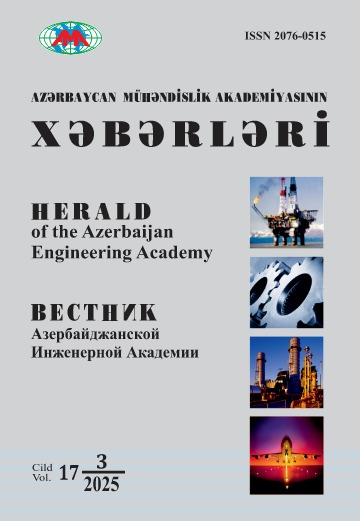Conductive Heat Transfer in Friction Pairs of Brake Devices
DOI:
https://doi.org/10.52171/2076-0515_2024_16_02_24_33Ключевые слова:
braking device, friction pair, surface and subsurface layer, thermal conductivity coefficient, conductive heat transferАннотация
Theoretical and experimental studies of conductive heat transfer during the frictional interaction of brake friction pairs based on the gradient theory regarding circular isotherms, which allow the formation of energy loading modes, made it possible to obtain the following results: patterns of changes in the heat flow passing through the thickness of the metal friction element depending on its thermal resistance and volume temperature; the patterns of changes in the thermal resistance of a metal element depending on its thickness and the thermal conductivity coefficients of materials, varying within the range of (20-200) W/(m∙ºС), are given; the following total electric microcurrents have been established: contact electrification, frictional mass transfer, sorption-desorption, reverse discharge, depending on the work function of particles from the surfaces of the metal and polymer element; while the latter is considered at different surface-volume temperatures; the different nature of electric and heat flows nevertheless has the same approach to their potential, and as a consequence, to the resistance of microprotrusions of the surfaces of brake friction pairs; isotherm levels corresponding to the surface and subsurface layers of the metal friction element indicate their loading modes; at a minimum temperature gradient – steady; at maximum, conductive heat transfer is intensified.
Загрузки
Опубликован
Как цитировать
Выпуск
Раздел
Лицензия

Это произведение доступно по лицензии Creative Commons «Attribution-NonCommercial» («Атрибуция — Некоммерческое использование») 4.0 Всемирная.



